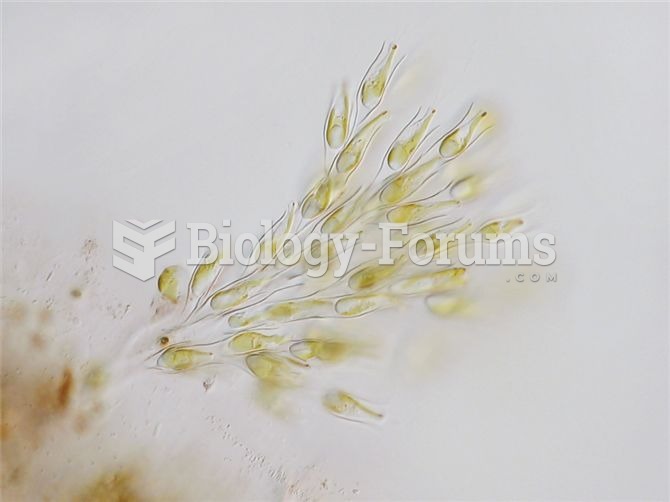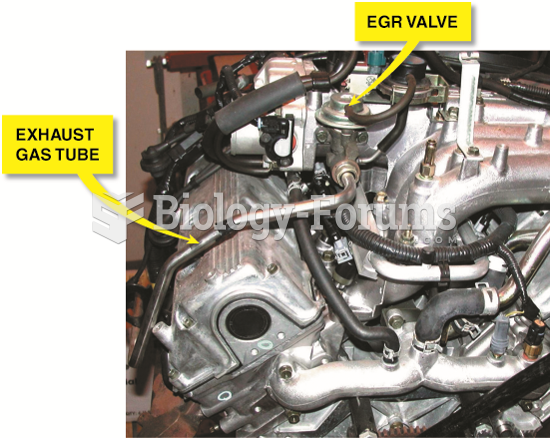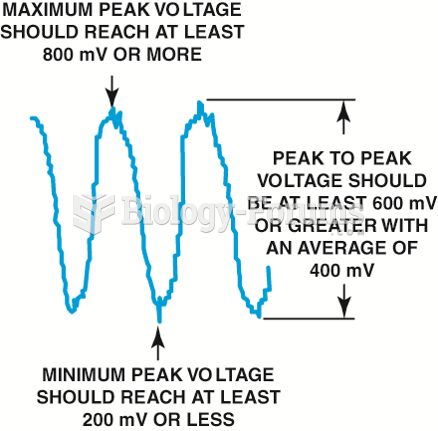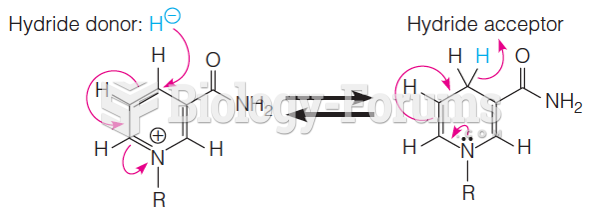|
|
|
Did you know?
Acetaminophen (Tylenol) in overdose can seriously damage the liver. It should never be taken by people who use alcohol heavily; it can result in severe liver damage and even a condition requiring a liver transplant.
Did you know?
Less than one of every three adults with high LDL cholesterol has the condition under control. Only 48.1% with the condition are being treated for it.
Did you know?
Liver spots have nothing whatsoever to do with the liver. They are a type of freckles commonly seen in older adults who have been out in the sun without sufficient sunscreen.
Did you know?
Increased intake of vitamin D has been shown to reduce fractures up to 25% in older people.
Did you know?
Nearly 31 million adults in America have a total cholesterol level that is more than 240 mg per dL.
 Species of the algal genus Dinobryon not only photosynthesize, but are also efficient predators of b
Species of the algal genus Dinobryon not only photosynthesize, but are also efficient predators of b
 The exhaust gas recirculation system is more efficient at controlling NOx emissions if the exhaust ...
The exhaust gas recirculation system is more efficient at controlling NOx emissions if the exhaust ...





